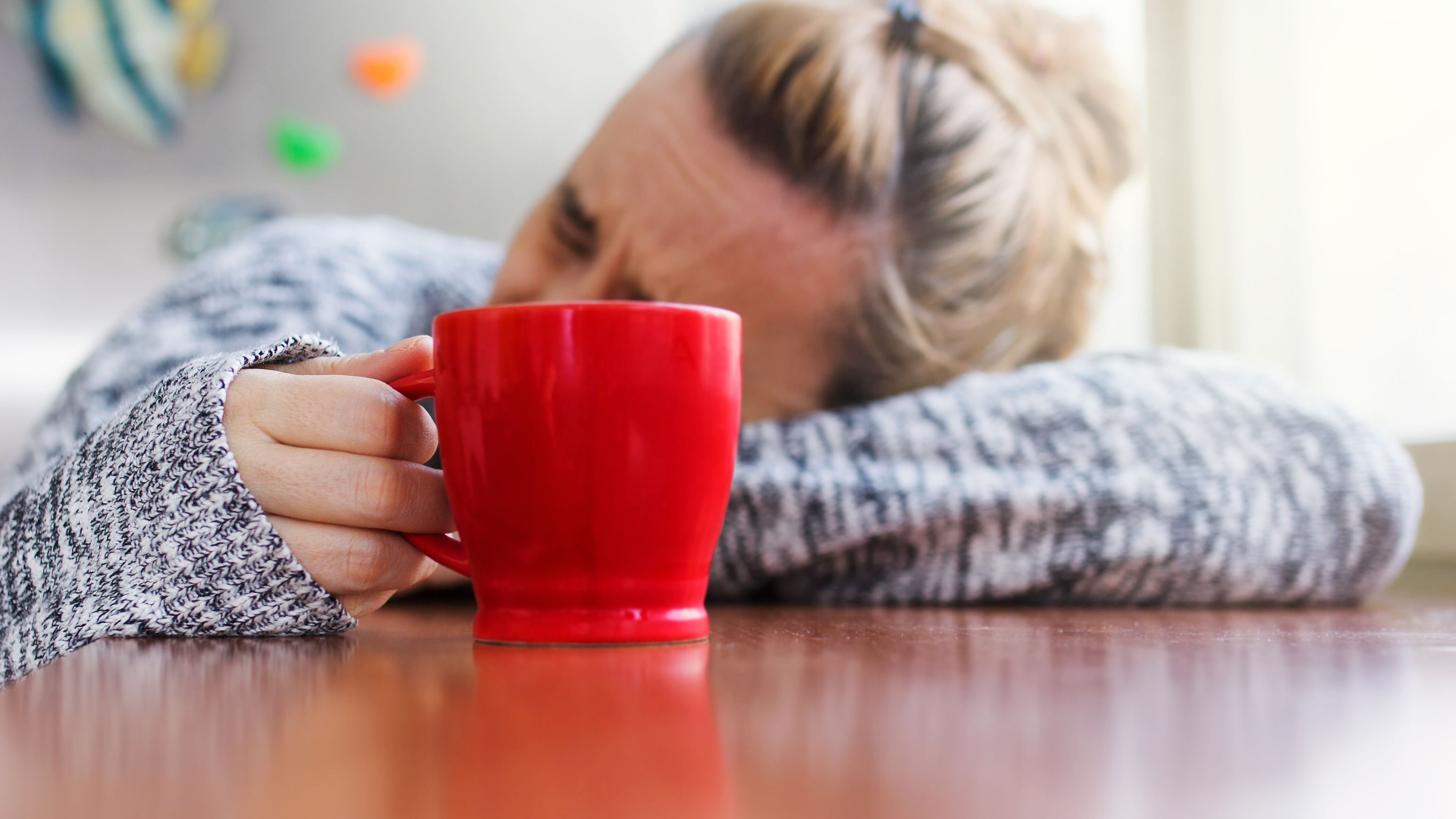How To Make A Decent Cup Of Coffee When You're Out Of Filters
We may receive a commission on purchases made from links.
As chemically dependent as I am on coffee, I invariably run out of filters a couple times a year. Surely I have another box in the pantry, I pray, only to feel my heart sink down to my toes when at 6 a.m. I realize, nope. Zero filters. I've done some desperate stuff in those bleak, early-morning moments, once trying to shoehorn a paper towel into a v60 and nearly scalding myself. Friends, there is a better way.
And that better way is not just to suck it up and go buy coffee. I mean, you honestly expect me to deal with other human beings before I've had a cup? You overestimate my geniality. No, the alternatives still allow you to make coffee at home using just a small dose of ingenuity.
Use a French press
French presses don't require paper filters, so this seems like a no-brainer. But I'm adding it to the list because I don't use my French press on a daily basis—I only use it while camping, actually—so I tend to forget I own it. This is a note to self: Kate, you have a French press in the camp box. Go get it.
Invest in a cloth filter
For those prone to forgetting to restock filters, a cloth filter is a good back-up. They trap almost as many solids and oils as paper filters, but they're reusable, so you can keep them on hand and never worry about running out. (Cloth filters are available to fit various coffee-making devices; here's an example.)
Do a modified cupping
This genius hack comes courtesy of Jessica Easto, author of Craft Coffee: A Manual, which I recommend to anyone trying not just to brew better coffee at home but seeking to understand why certain variables (water temperature, grind, filter type) influence flavor.
In a filter emergency, she suggests borrowing a technique from the coffee pros: cupping. Cupping is a highly organized process by which hot water is added directly to freshly ground beans; generally, tasters then lift the liquid to their mouth with a spoon.
In her emergency/DIY version, Easto suggests adding very coarsely ground coffee to a mason jar, then adding hot water. Let it sit for 4 minutes before "breaking" the film of coffee grinds on top of the water with a spoon. Let it sit another 4-5 minutes, during which time most of the solids will fall to the bottom of the jar. You can then pour the liquid through a sieve, which will help collect any of the particles that the jar's lip didn't hold back.
I tested her method and am happy to report that I ended up with surprisingly few grounds in my coffee, most of which weren't noticable until the last sip. This will definitely be my go-to move during future filter emergencies.
Use a loose-leaf tea strainer
Like the French press, this is a device that I own that is designed for straining liquids, and yet I forget I own it when the uncaffeinated panic sets in. Coarsely-ground coffee doesn't permeate the fine holes in the particular tea-strainer that I have, and in my test, it made a solid back-up option to paper filters. The only downside is my strainer is rather small, so I brewed something like four ounces of coffee at a time.
Resist the urge to use paper products
What is most like a coffee filter in your kitchen? You probably think of paper towels or napkins, like I did.
"I personally wouldn't recommend using household paper products because there is no way of telling what kind of chemicals are in them," Easto warns me.
While we're on the subject of chemicals in coffee filters, time for some myth-busting: Most white coffee filters these days aren't bleached with chemicals but are whitened using oxgen. Plus, coffee professionals say they let more of the coffee's natural flavors shine compared to natural brown filters.
So, steer clear of the paper towels, even if you use white coffee filters.
